Surgical Treatments
-
Periodontal Osseous Surgery
For some patients, scaling and root planing are not enough to control the ravages of periodontal disease. Bacterial deposits get stuck in hard-to-reach places below the gum line, and there are even reports of bacterial invasion into the gum tissue and bone. In these cases, it is necessary to open up the gum to examine the teeth and surrounding bone closely, and to proceed as needed.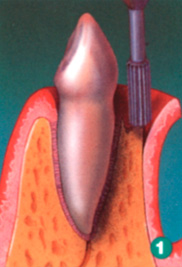
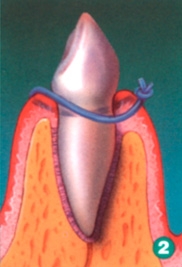
-
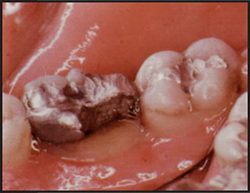
Before
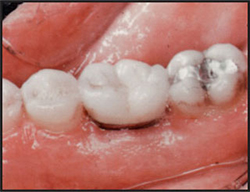
After
-
Removal of inflamed gum tissue via gingivectomy
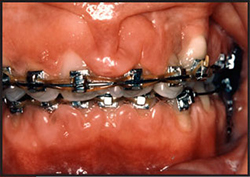
Before
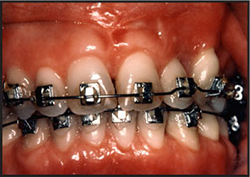
After
-
In the mouth “lumps, bumps and irregular gums” may occur. In most cases these are non-cancerous, benign growths, but it is very important to have these areas checked out as soon as possible. Once the offending lesion has been removed, usually with local anesthetic, it is sent to a laboratory to be analyzed.
H and E Biopsies
Most biopsies are stained with two different dyes hemotoxilin and eosin. These allow the pathologist to evaluate what type of underlying cells are present and to make a proper diagnosis.
Lakewood Path Lab
UMDNJImmuno Fluorescence
Sometimes it is necessary to send excised tissue to a special laboratory where radioisotopes are tagged to the cells to allow for a more exacting analysis of certain diseases.
Beutner Laboratories -
Fiberotomy/Frenectomy
The exuberant muscle attachment from the lip to the gum is called the frenum. Judicious removal of all or some of this muscle allows the teeth to be placed in the proper position, and they will stay in place more easily.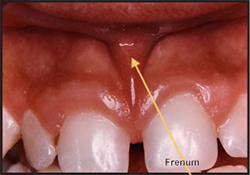
Before
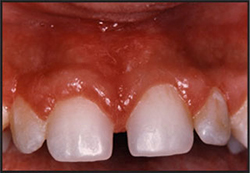
After


 Website Powered by Sesame 24-7™
Website Powered by Sesame 24-7™